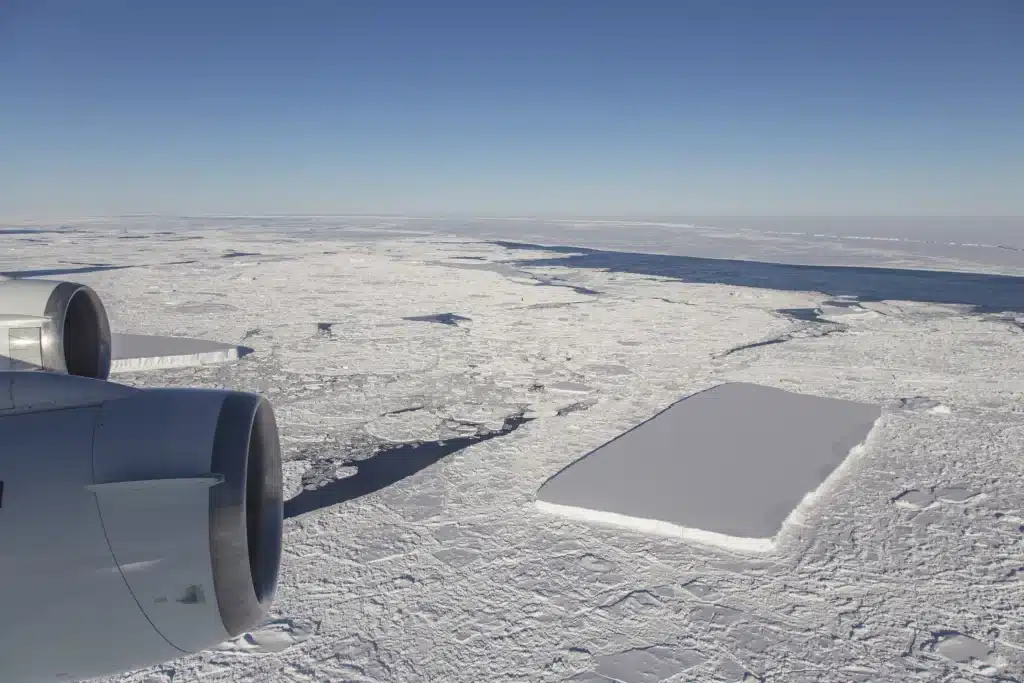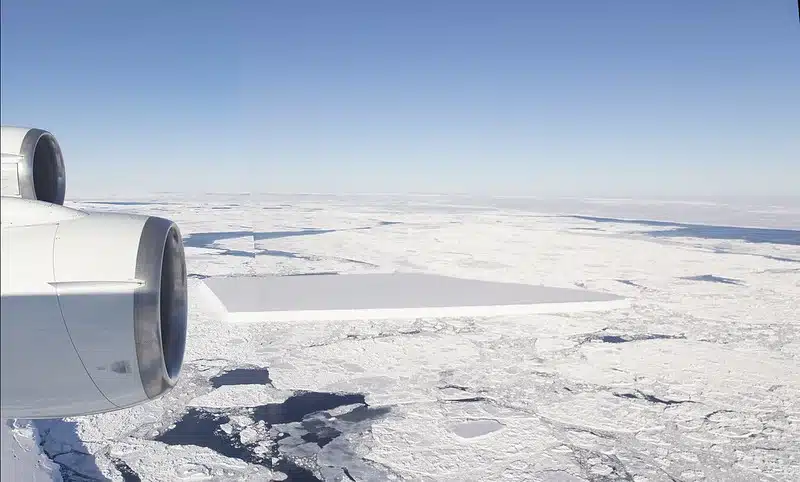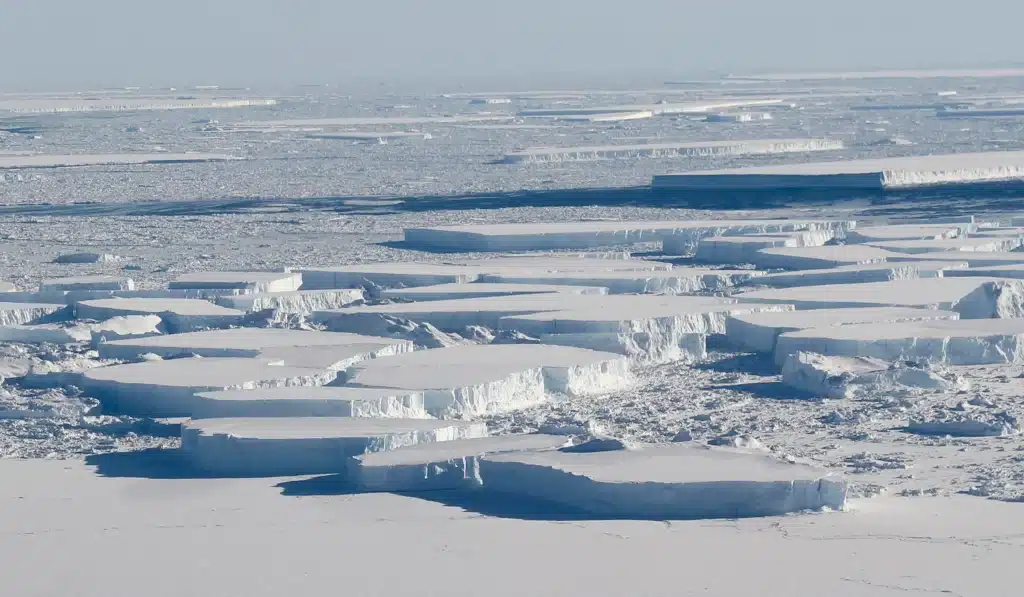NASA discovered a perfectly rectangular iceberg weighing one trillion tons in 2018
- NASA once found a perfectly rectangular iceberg in Antarctica
- It wasn’t the only one, but it was the most perfect one
- The iceberg looked like someone deliberately cut it and put it there
Published on Jul 29, 2024 at 5:11 PM (UTC+4)
by Siddharth Dudeja
Last updated on Jul 29, 2024 at 7:22 PM (UTC+4)
Edited by
Tom Wood
On today’s episode of ‘Oddly Satisfying Things That Exist In Nature,’ we have a set of perfectly cut rectangular iceberg nodes that NASA once found in the middle of nowhere.
At first thought, anyone would assume that someone deliberately cut it into this perfect monolithic shape and placed it there.
However, there’s a catch — it weighed around a trillion tons, so it’s safe to say no human could have done that without anyone noticing.
DISCOVER SBX CARS: The global premium car auction platform powered by Supercar Blondie
NASA finds unrealistic, perfectly-cut rectangular iceberg

The space agency found this contraption off the Larsen C ice shelf in Antarctica.
Moreover, the first images appeared on the internet back in 2018 when NASA released a bunch of them, and they attracted a lot of attention.
Some of these started trending on some social media platforms as of late, and viewers who had never seen them before were left surprised.

What’s more, it wasn’t the only one — NASA found several other icebergs, but they weren’t as perfect as this one.
If you’re wondering how these icebergs ended up there with no curves whatsoever, the scientists at the space agency actually have some answers.
For context, they found this iceberg during a survey that was part of Operation IceBridge — a project that monitors the changes in ice present in extreme regions.
How do these exist?

Kelly Blunt, an ice scientist with the space agency, told Live Science, “So, here’s the deal, we get two types of icebergs: We get the type that everyone can envision in their head that sank the Titanic, and they look like prisms or triangles at the surface and you know they have a crazy subsurface.”
“And then you have what are called ‘tabular icebergs.'”
These scientific details certainly make you have a second though about the fascinating ways of nature.
So, how do these blocks of ice get cut into these oddly-satisfying shapes?
The edges of some tabular icebergs often separate from the entire thing and also have geometric shapes.
Hence, the iceberg in question looked like a precisely cut rectangular block of ice.
Whatever the science behind it may be, one thing’s clear — nature works in intriguing ways and never fails to amaze us.





